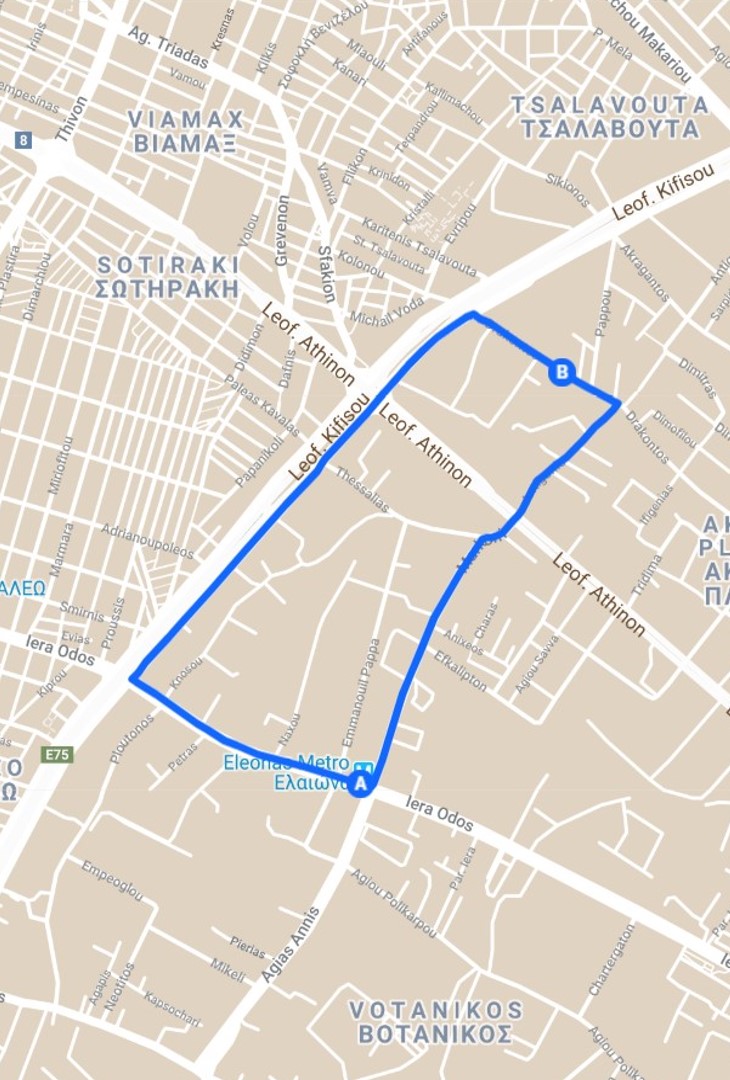
In the era of automation, autonomous point – to – point shuttles are said to be among first mobility on demand service that will emerge. But, what will be the impacts of such a service in the implementation area? The scope of the present paper is to assess the impacts of an autonomous shuttle bus service on traffic conditions, road safety and environment. For this purpose, a shuttle bus route was designed to operate in a part of the Athens road network and various scenarios have been developed including peak and off peak hours, existence of a dedicated lane for the shuttle bus, incident occurrence as well as different penetration rates and profiles of autonomous vehicles. Results indicate that the autonomous shuttle bus operation leads to increased delay times on its route. The speed variance of shuttle bus and the prevailing traffic vehicles is up to 25 km/h during off peak hour. It is also shown that if the shuttle bus uses a dedicated lane, both the delay time and CO2 emissions are decreased. Automation decreases CO2 emissions during peak hour conditions and improves road safety, as the number of conflicts is reduced.
| ID | pc390 |
| Presentation | |
| Full Text | |
| Tags | traffic automation, traffic management, traffic simulation |













